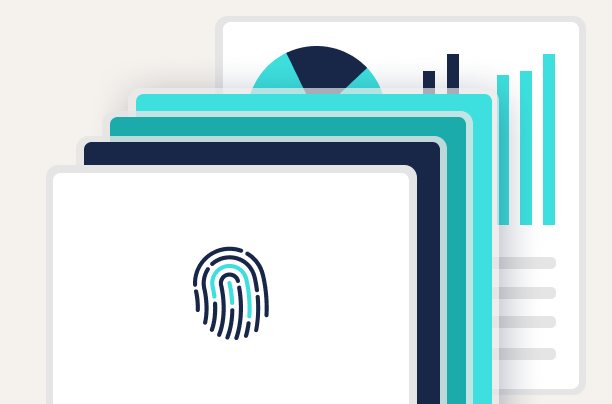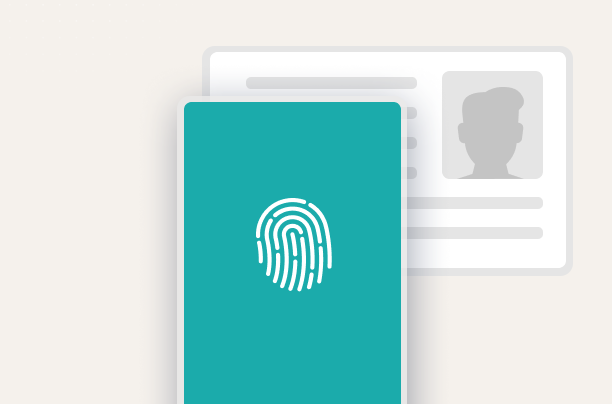As organizations across industries have embraced digital transformation, the opportunity for cyberattacks has increased exponentially. Despite the need for assurance that their technology is secure, most users lack the skills, time, and resources to dedicate themselves to cybersecurity. In contrast with usable security, which looks to educate the user on which actions to take to maximize online security, invisible security establishes effective, automatic measures to protect users and organizations from increasing risks of cyberattacks.
Invisible security is relevant to both the online and physical security of users. For example, the automobile industry helped create a safe physical environment by installing anti-lock brakes on vehicles. This article, however, focuses on explaining invisible security and its applications in online security.

What is invisible cyber security?
Invisible security takes the approach of automating security for an organization whenever possible, rather than relying on its users to make better choices. It is “invisible” because it requires no action from its users.
Here are a few of the most common examples of invisible security:
- Automatic software updates – Attackers are notorious for identifying vulnerabilities in software and using them to execute attacks. Automatic software updates repair these security holes through patches and updates without interrupting the user experience. They even improve the user experience by removing older and problematic features affecting software stability.
- Protective Domain Name System (DNS) – Since attackers look for vulnerabilities in a DNS system, automatic protection mitigates threats to a user’s DNS such as malware and phishing. The DNS provider is now fully responsible for identifying the threat without any need for the user’s active participation.
Invisible authentication
Authentication uses one of three factors to verify a user’s identity, with combinations of different factors for additional security. These factors are knowledge (“something you know”), possession (“something you have”), and inherence (“something you are”). Many of these factors require action from the user: a password, OTP, or authentication link from an SMS. But passwords can be lost or stolen, and links can be phished, making these types of authentication less secure. The burden is on users to make the right choices to improve their security – by remembering passwords, choosing strong passwords, and being cautious about which links they enter, etc.
Invisible authentication uses a combination of different indicators (e.g., behavioral, biometric, and others) that do not require any action from the user. It does this without interrupting the user experience. For example, a mobile phone might collect biometric data from a user’s facial structure and expression to authenticate users instead of traditional password authentication.
Invisible multi-factor authentication (MFA)
Invisible multi-factor authentication (MFA) completes the action needed to verify a user’s identity using multiple factors that require no user action. For example, the first factor would use the Fast Identity Online 2 (FIDO2) standard that leverages public-key cryptography. The second factor would be an additional biometrics indicator. Invisible MFA authentication has measures in place to adapt to different levels of risk with the help of contextual information, so not all users need to authenticate using multiple factors.

The pros and cons of invisible security
While many organizations have chosen to adopt different invisible security measures for their users, it does have several disadvantages as well.
Pros of invisible security
The main benefits of invisible security include:
- Frictionless user experience: Since invisible security is automatic and requires no action from the user, it offers a better user experience compared to the use of passwords, OTPs, and magic links
- Economic: Many users can share the costs of invisible security that would otherwise be cost-prohibitive for users individually. Implementing invisible security measures can also be a competitive advantage for an organization.
- Time: Many users in organizations don’t place a high priority on security and fail to follow best practices. Invisible security allows users to spend time on other tasks that contribute more directly to business growth.
Cons of invisible security
- Trust: Invisible security can be challenging when it comes to building user trust. They must have a consistently positive experience with it and believe it is safe from malicious actors.
- Adaptability: It is difficult to alter biometric data (i.e., fingerprint scans and facial and voice recognition) for different users. While this provides maximum security, it allows only authenticated users access to devices. Authentication presents challenges when trying to change users, even when it is for a legitimate purpose.
Examples of Invisible Cybersecurity
Since invisible security delivers these numerous benefits, it has many applications across industries and organizations of all sizes.
Banking and fintech
Banking and fintech is the most targeted industry for cybersecurity attacks, costing each organization $5.7 million on average in 2021. To sufficiently defend against these attacks, most banks and fintech companies now require multi-factor authentication (MFA). Invisible MFA allows this process to be as seamless as possible for the user. For example, online banks may verify the identity of users for them to log in to their bank account via biometric authentication rather than a password. This can be particularly valuable for banks wanting to deliver accessible and secure banking to disabled users.
Healthcare
The healthcare sector is an immense database of sensitive information, documents, and personal information. Hospitals and staff must access patient data quickly while adhering to regulations such as the Health Insurance Portability and Accountability Act (HIPAA). By using invisible authentication, healthcare organizations can quickly verify patient identification, provide the appropriate security controls for sensitive data, and even permit medical staff to work remotely with maximum security of their information systems.
Defense
With its complex supply chain, the defense industry is prone to cybersecurity incidents. While all parties must have access to the sensitive information they need to perform their jobs, it is just as critical that access to these networks and systems be secure. Secure email and protective DNS are good examples of invisible security beneficial to this sector. Invisible authorization offers employees, contractors, and subsidiaries access to these files and data across multiple devices in multiple locations while offering maximum security to protect against these threats.
Learn more about passwordless authentication with Transmit Security here.



